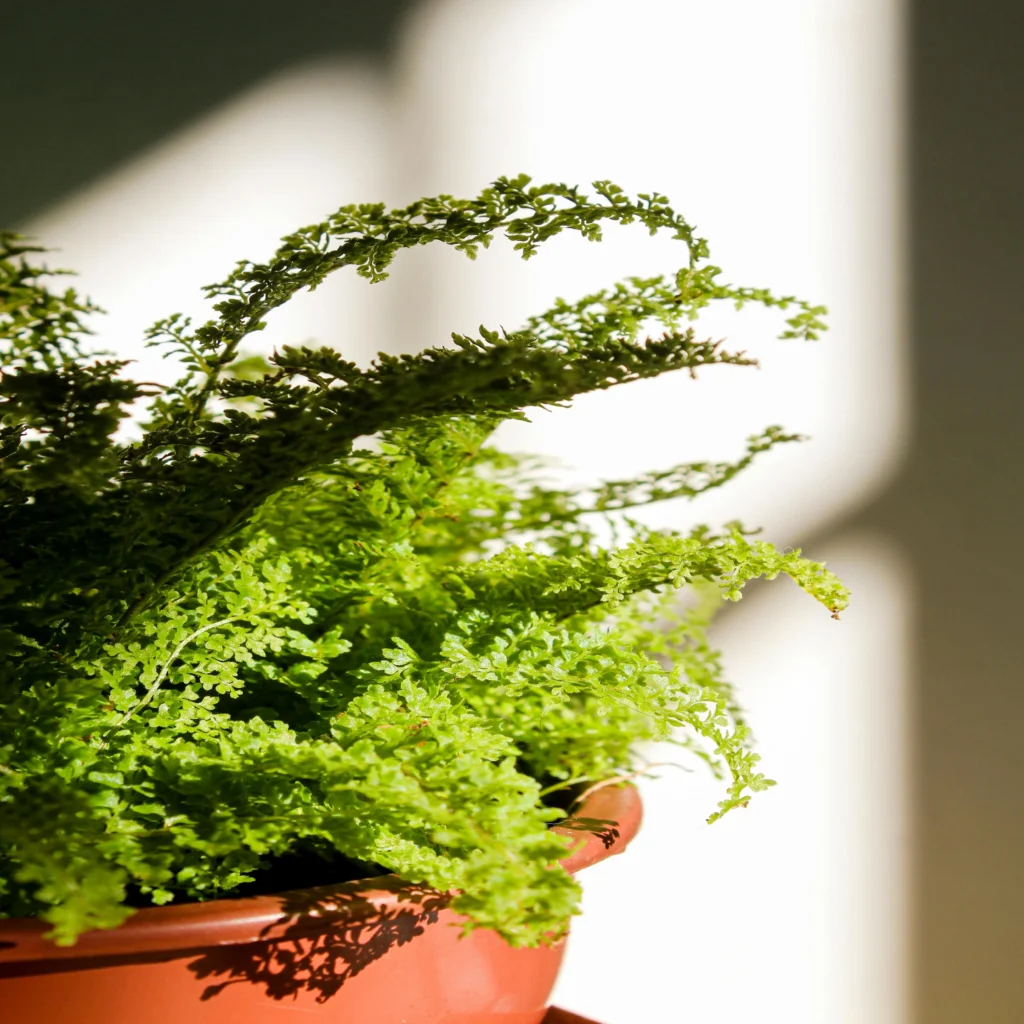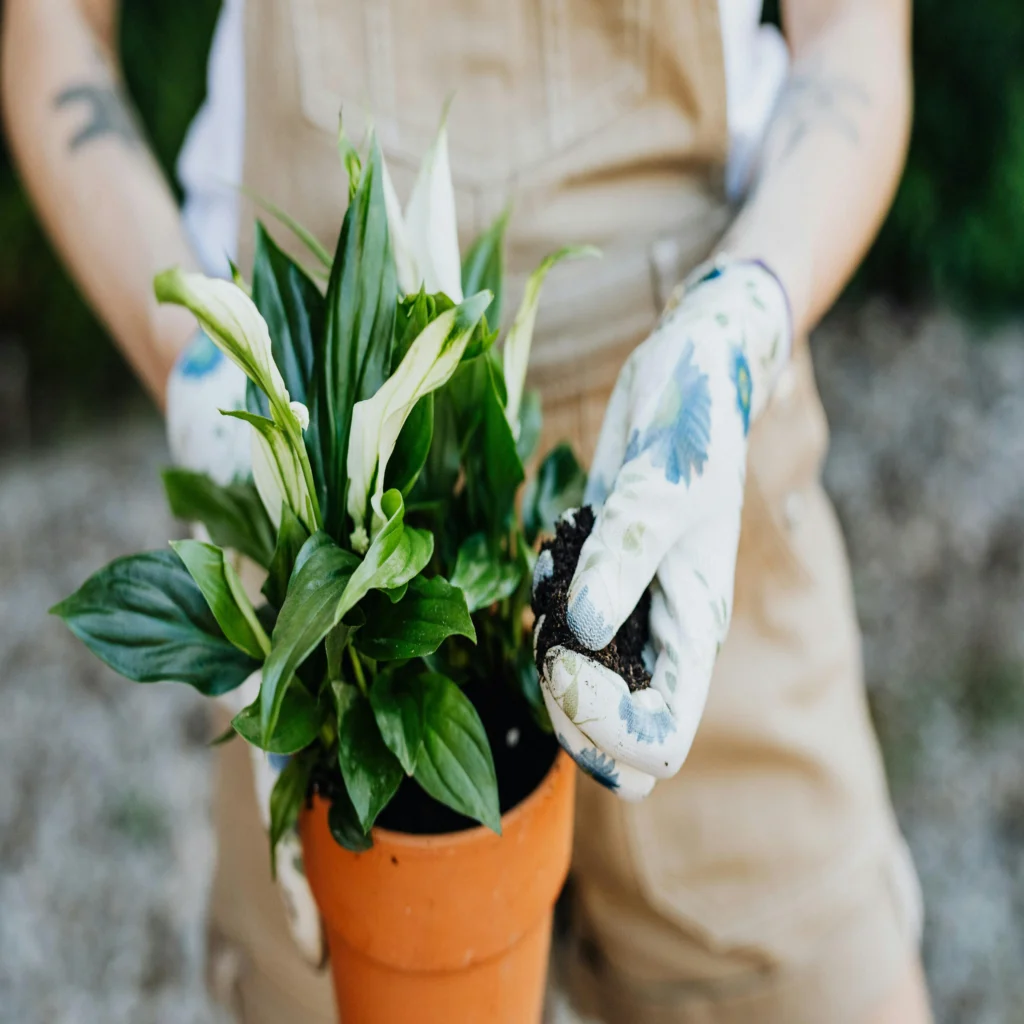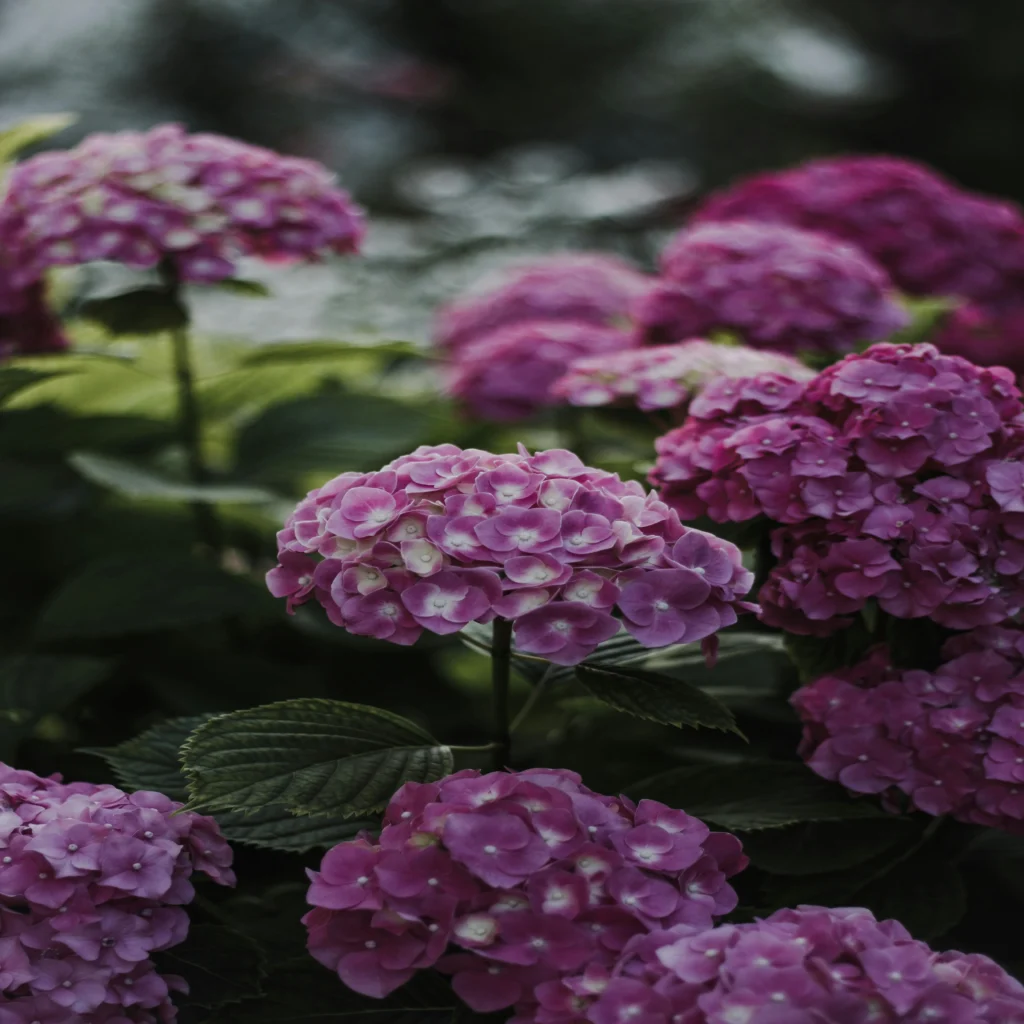In urban settings, balconies often become cherished outdoor spaces, offering a retreat from the bustling city life. However, not all balconies receive ample sunlight, especially those facing north. While sunlight is essential for plant growth, it doesn’t mean that a north-facing balcony should remain barren. With the right selection of plants, even a shaded balcony can be transformed into a lush green oasis. In this guide, we’ll explore the best plants suited for north-facing balconies, ensuring your outdoor space thrives despite limited sunlight.
Understanding North-Facing Balconies
Before diving into plant selection, it’s crucial to understand the unique conditions of north-facing balconies. These areas typically receive minimal direct sunlight. As a result, plants that require full sun or intense light may struggle to thrive in such environments. This particular balcony receives approximately two hours of sunlight in the early morning and another two hours around 6 p.m., but only during the warmer months, spanning from after the spring equinox to before the autumn equinox. While it offers ample shade during the day, making it ideal for enjoying the hottest months, evenings provide a softer, more gentle version of sunlight for a tranquil ambiance.
Factors to Consider for Balcony Gardening
- Light Conditions: Assess the amount of sunlight your balcony receives throughout the day. North-facing balconies generally receive indirect, filtered and reflected sunlight, which is less intense compared to direct sunlight.
- Temperature: Balconies can experience temperature fluctuations, especially in high-rise buildings. Choose plants that can tolerate variations in temperature, including cooler conditions common in shaded areas.
- Wind Exposure: Balconies are often exposed to wind, which can dry out plants quickly. Select plants that can withstand breezy conditions without suffering from windburn.
- Space Constraints: Consider the size and layout of your balcony. Opt for plants that fit within the available space and can be easily maintained in containers or hanging baskets.
Top Plant Choices for North-Facing Balconies
Ferns: Ferns thrive in low-light conditions, making them ideal for north-facing balconies. Varieties such as Boston ferns or maidenhair ferns add a touch of elegance with their delicate foliage and can be grown in hanging baskets or pots. They give a jungle-like feeling and they are very easy to grow.
Ivy: English ivy is a versatile plant that adapts well to shaded environments. Its trailing vines create a lush green backdrop, perfect for cascading down railing planters or adorning vertical trellises.
Snake Plant (Sansevieria): Known for its resilience and air-purifying qualities, the snake plant is a low-maintenance option for shaded balconies. It thrives in low light and requires minimal watering, making it suitable for busy urban dwellers. (Only in the summer months)
Peace Lily: With its glossy green leaves and elegant white flowers, the peace lily adds a touch of serenity to any balcony setting. It prefers indirect sunlight and regular watering, making it a popular choice for shaded outdoor spaces. (Only in the summer months)
Calathea: Calathea plants feature vibrant foliage patterns and thrive in low-light conditions. Their ornamental leaves make them a decorative addition to any balcony, providing visual interest without the need for direct sunlight. (They can stand in the balcony only in the summer. Temperatur must be above 10 degrees)
Begonias: Begonias come in various colors and varieties, making them a versatile choice for shaded balconies. Their compact growth habit makes them suitable for containers or hanging baskets, brightening up any dimly lit space. You can find them in a variaty of colours and shapes.
Coleus: Coleus plants offer a burst of color with their vivid foliage, making them a popular choice for shaded areas. They prefer partial shade and can be grown in pots or mixed planters for a vibrant display.
Spider Plant (Chlorophytum comosum): Spider plants are renowned for their air-purifying properties and ability to thrive in low-light conditions. Their arching foliage adds a decorative touch to balconies, especially when grown in hanging baskets. (Only in the summer months)
Fuchsias are flowering plants renowned for their stunning, pendulous blooms, which come in various colors such as pink, purple, red, and white. They are popular choices for gardens, hanging baskets, and containers due to their elegant appearance and prolific flowering habits. Fuchsias thrive in cool, temperate climates and prefer partial shade or filtered sunlight. They require well-draining soil and regular watering to keep the soil consistently moist. With proper care, including deadheading spent flowers and occasional pruning, fuchsias can provide vibrant color and beauty to outdoor spaces throughout the growing season.
Forget-me-nots (genus: Myosotis) are charming, delicate annual or perennial flowering plants known for their clusters of small, sky-blue blossoms with yellow centers. These dainty flowers typically grow on slender stems and are surrounded by lush green foliage. Forget-me-nots are cherished for their symbolism of remembrance, friendship, and enduring love. They prefer moist, well-drained soil and partial shade but can tolerate full sun in cooler climates. These versatile plants are commonly used in borders, rock gardens, and woodland settings, where they naturalize easily and provide a profusion of color in spring and early summer. Forget-me-nots are relatively low-maintenance and self-seeding, making them a delightful addition to any garden or landscape. Compact in stature, they seamlessly enhance taller plant arrangements.
Hortensia Annabelle, scientifically known as Hydrangea arborescens ‘Annabelle,’ is a stunning deciduous shrub celebrated for its large, showy flower heads and vigorous growth habit. This cultivar is a favorite among gardeners for its striking spherical clusters of creamy white flowers, which can reach up to 12 inches (30 cm) in diameter. Unlike some other hydrangea varieties, Annabelle blooms on new wood, ensuring reliable flowering even after harsh winters or pruning. Its lush, green foliage provides an attractive backdrop to the abundant blooms, creating a visually captivating display in gardens and landscapes. Hortensia Annabelle thrives in partial shade to full sun and prefers moist, well-drained soil. With proper care, including regular watering and occasional pruning, this resilient shrub can brighten up gardens with its magnificent blooms from late spring through summer, attracting admiration and compliments from all who encounter it. These plants can evoke the essence of a true garden oasis when placed on the balcony.
Rhododendrons are evergreen or deciduous shrubs known for their stunning clusters of showy flowers and glossy, leathery leaves. Belonging to the genus Rhododendron, these plants encompass a wide variety of species and cultivars, offering an array of flower colors, sizes, and growth habits. Rhododendrons typically bloom in spring or early summer, producing large, trumpet-shaped flowers in shades of pink, purple, red, white, and yellow. Their lush foliage provides year-round interest, with some varieties featuring vibrant autumn colors. Rhododendrons prefer acidic, well-drained soil and partial shade, although some species can tolerate full sun with adequate moisture. With their ability to thrive in diverse climates and landscapes, rhododendrons are popular choices for gardens, borders, and woodland settings, adding beauty and charm to outdoor spaces throughout the growing season. When positioned on the balcony, these plants evoke a Mediterranean ambiance, resembling the elegant oleander. Originating from Mediterranean regions, oleanders are sensitive to cold winters. As an alternative, consider the resilient rhododendron for a similar effect.
Tips for Balcony Gardening Success
- Choose the Right Containers: Select containers with adequate drainage to prevent waterlogged soil. Lightweight options such as plastic or resin containers are ideal for balcony gardening.
- Water Wisely: Monitor soil moisture levels and water plants as needed, taking care not to overwater. During hot summer months, plants may require more frequent watering to prevent dehydration.
- Fertilize Regularly: Use a balanced fertilizer to nourish plants throughout the growing season. Follow manufacturer recommendations for application frequency and dosage to promote healthy growth.
- Rotate Plants: Rotate potted plants periodically to ensure even growth and prevent one side from receiving more sunlight than the other.
- Prune as Needed: Trim back overgrown foliage and spent flowers to encourage new growth and maintain plant health. Regular pruning also helps prevent pest infestations and disease.
- Monitor Pests and Diseases: Keep an eye out for common pests such as aphids, spider mites, and mealybugs, especially in sheltered balcony environments. Treat infestations promptly to prevent damage to plants.
By selecting the right plants and following these tips, you can create a thriving garden oasis on your north-facing balcony. Embrace the challenge of gardening in limited sunlight, and you’ll be rewarded with lush greenery and vibrant blooms year-round. With a little creativity and care, even the shadiest balcony can become a tranquil retreat in the heart of the city.
Check daily habits that will change your life here
























